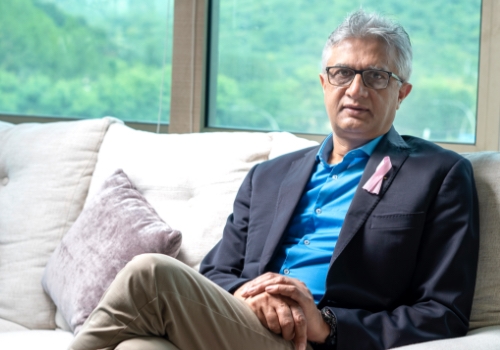The Swine Flu Pandemic Hit Around a Month into My Appointment with the Department of Health Victoria
I joined the Department of Health for the State of Victoria as a senior advisor for prevention and population health early in 2009.
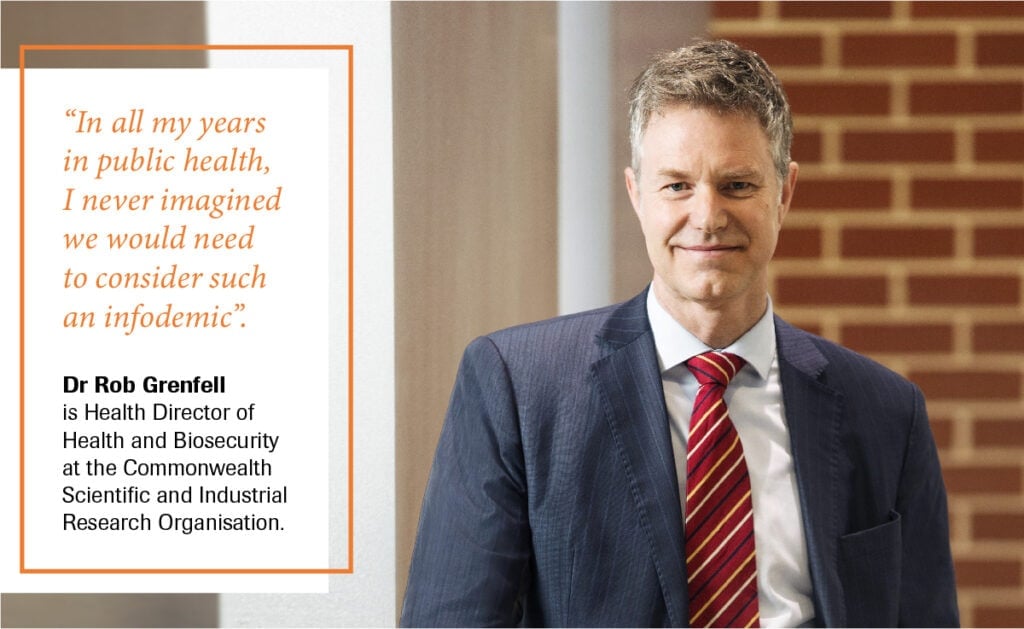
When swine flu hit, I saw how a pandemic is managed inside a health department. The magnitude of the challenge ahead of you, the speed with which you react, were valuable lessons.
Following this, I spent many years in directorial roles at the Heart Foundation and Bupa Australia and New Zealand before joining the Commonwealth Scientific and Industrial Resarch Organisation (CSIRO) in 2016. Australia’s national science agency was formed, believe it or not, a little before the influenza pandemic of 1918, with the idea of ensuring scientific interventions could protect national health.
At CSIRO, the focus of the team I manage is health and biosecurity: I describe biosecurity as a way of predicting or preventing potential bio threats, be it insects, microbes or viruses, through to the idea of how you detect and manage these challenges.
I have one of the few teams globally that can deal with the most dangerous pathogens in the world.
Related read: How New Zealand’s lab innovations helped them cope better with COVID-19
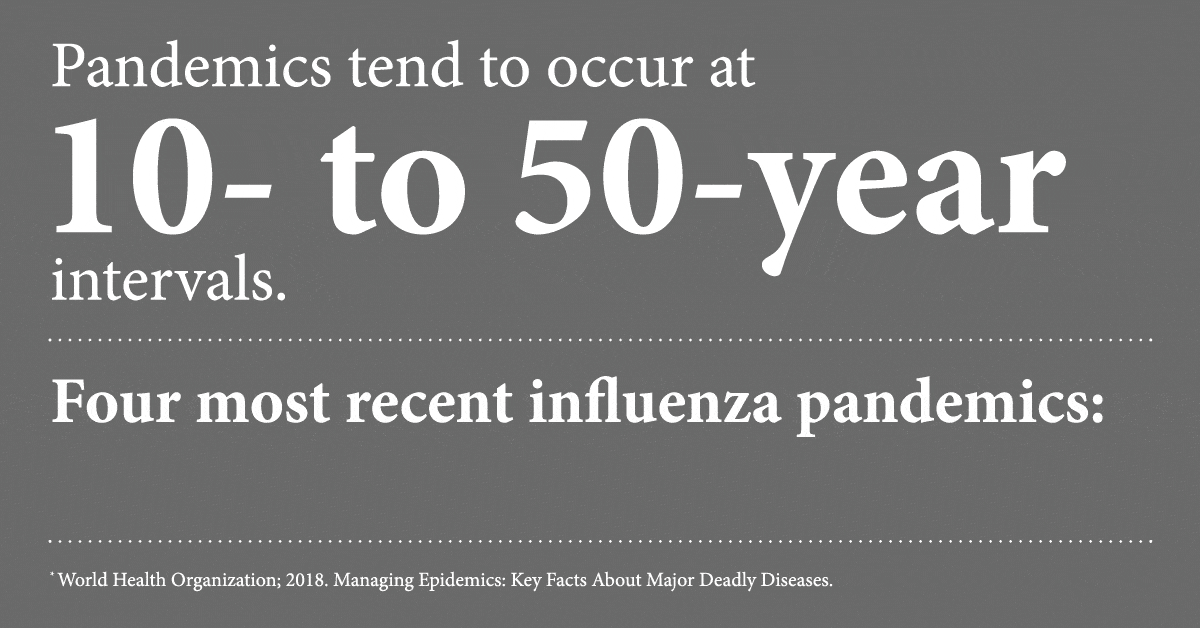
Perhaps Nothing is More Dangerous than Misinformation
Managing a pandemic at the height of social media, where the alarming speed with which mistruths can be disseminated, is a challenge that the scientific community around the world is grappling with.
In all my years in public health, I never imagined we would need to consider such an “infodemic”, as the World Health Organization has categorised it.1
COVID-19 is Endemic
The most sobering reality is that COVID-19 is not going away. Infectious disease management requires public health interventions on a national scale, and the success of these really depends on cooperation from the public. We will have to find a way to live with this virus, as we have with others like influenza and tuberculosis.
What we have of course managed to do relatively well in Australia is to bring things under control. But it is important to understand that recurrences are likely and there’s a time limit to lockdowns and restrictions. These cannot go on indefinitely. Finding solutions that can control COVID-19, in the long run, is the real task.
It’s all well and good to do track and trace and quarantine as public health measures — and that works. But if we can be more precise as to who’s infectious, who’s not and allow a very pointed management of infectious cases, even without a vaccine or therapies, this will allow us to open up borders, start travel and trade. It will also allow us to bring people back into the workplace, so that we don’t necessarily jeopardise the health of the whole population. Diagnostics is the absolute bedrock for a response in any of these settings.
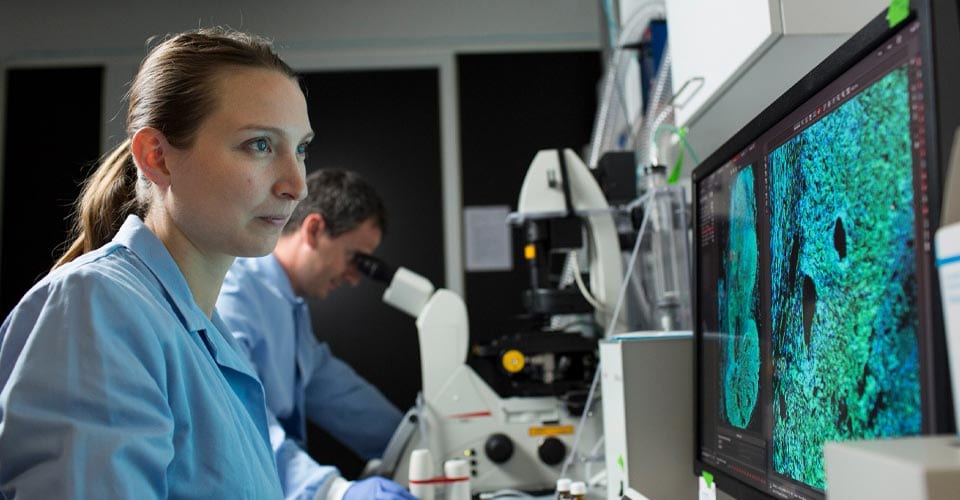
With more outbreaks likely to come after COVID-19, building and evolving strong testing capabilities world-wide will be key.
Work of the CSIRO Health and Biosecurity Team
Our priority at the moment is managing our response to the COVID-19 pandemic, but the most important part of biosecurity is the recovery phase — and that’s the part that needs a lot of work.
My team and I are currently working on nearly 250 COVID-19 projects, including pre-trial work on the coronavirus vaccine in partnership with the Coalition of Epidemic Preparedness Innovations (CEPI).
The sheer pace of it all can be overwhelming at times. But it is a privilege to do our part in protecting Australia and sharing our discoveries with the world.
The Move Towards a Vaccine is Taking Shape
We’ve seen some encouraging early results and global efforts may yield a vaccine. There has never been a coronavirus vaccine for humans and we only need something that’s about 50 percent effective to really change the shape of what’s going on.
However, it doesn’t mean that a vaccine will solve this problem straight away. We will need to continue a lot of solid measures, building on our understanding of this virus and refining drugs, but also diagnostics, to tackle it.
What Does Normal Look Like, Post-COVID?
People over the age of 75 are at severe risk. Working on how this part of the population can coexist with other subsets that don’t have problems with the virus is going to be a challenge. I think aged care settings will need to be adjusted.
What sort of life is it for your grandparents if they can’t see you, or you can’t hug them because you might give them the virus? The fatality rate at that age is very high, so that’s a real problem for quality of life for anyone in that setting.
The other problem that’s emerging is the chronic effects of the viral infection. We’re now seeing in young children inflammatory conditions like Kawasaki disease and other neurological chronic conditions. This is not a simple infection.
We have to balance these risks with the return to normal life. And none of these are easy questions to answer.
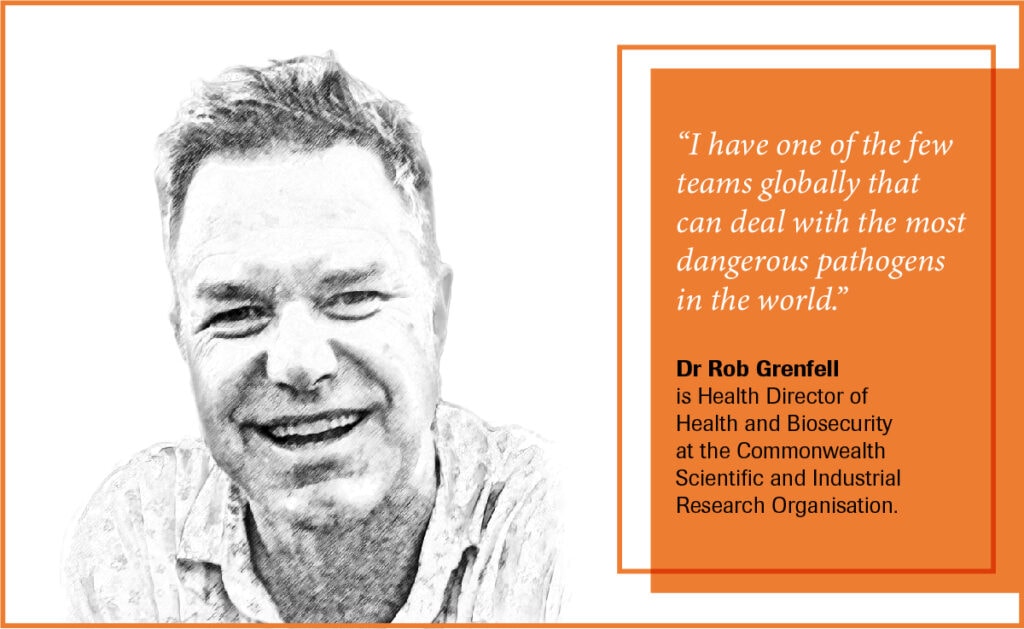
More Outbreaks will Come
Disease X — the next global pandemic — might be an influenza, or a coronavirus, because we’ve already had SARS and MERS. Or it might be another agent, like an Ebola, or something like Nipah virus. Having a unified approach globally, and also having a systematic approach, is key. We need to be investing an enormous amount into that type of approach to diagnostics and drugs.
It’s an awful lot of work we’re going to do over the next few years. It is also what keeps me going.
For more related articles: Accelerating Access In A Pandemic, Understanding COVID-19 Testing
There are Positive Lessons We can Learn
We’ve seen collaboration at a global scale. How do we do more of this to work together to actually solve global problems?
If we can do this with a vaccine, why can’t we do this with everything else that needs to happen on the planet, to make this a much better and more equitable place for all of us?
Read more healthcare and diagnostics news at Roche publications.
References:
1World Health Organization. (2020). Managing the COVID-19 infodemic: Promoting healthy behaviours and mitigating the harm from misinformation and disinformation. Retrieved 30 September 2020, from https://www.who.int/news-room/detail/23-09-2020-managing-the-covid-19-infodemic-promoting-healthy-behaviours-and-mitigating-the-harm-from-misinformation-and-disinformation
